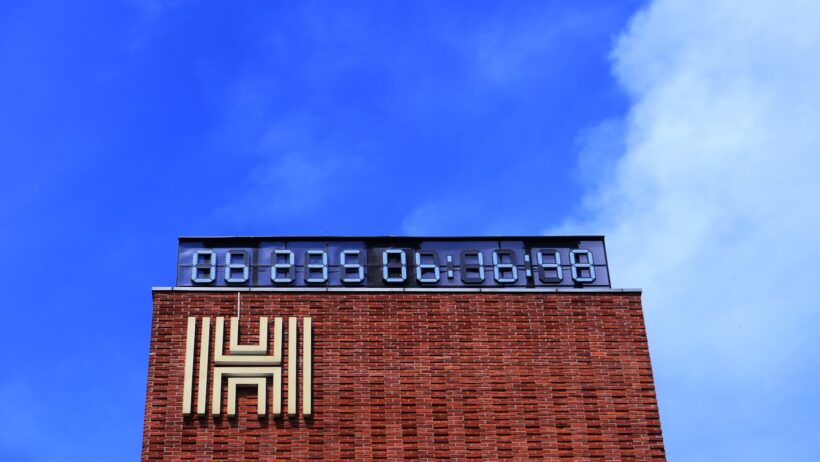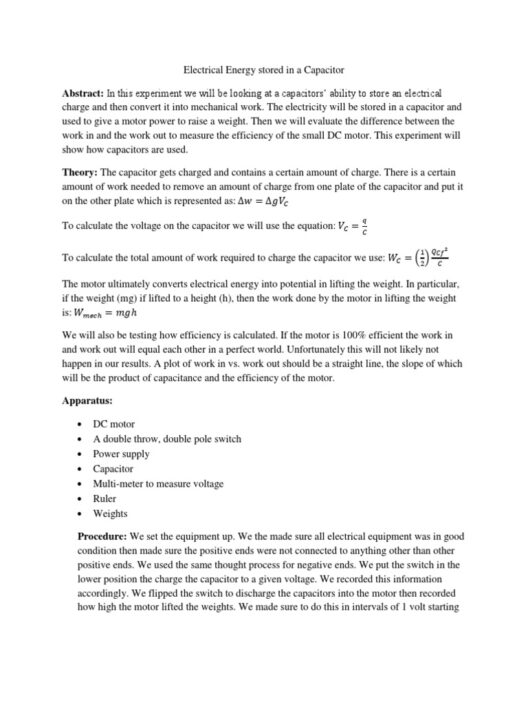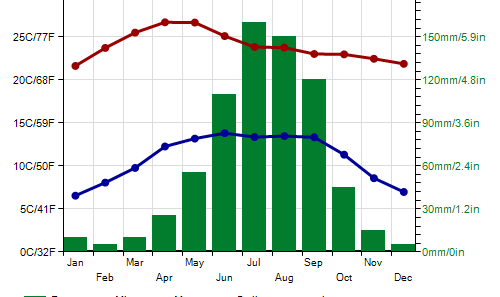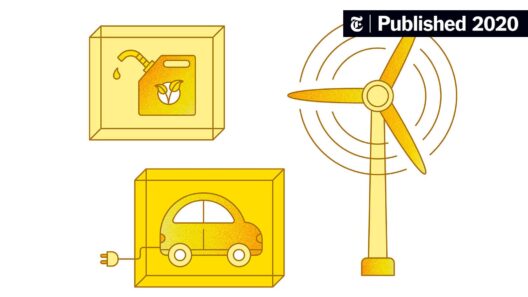In the heart of New York City, amidst the clamor and chaos of urban life, lies a pivotal installation known as the Climate Clock. This striking monument serves as a tangible reminder of the scant time left to avert the catastrophic consequences of climate change. The Climate Clock is not just a clock; it symbolizes urgency and accountability, intricately entwined with the fate of our planet. It challenges us to reflect on our responsibility toward the environment and the legacy we leave for future generations.
The Climate Clock counts down the seconds until the world surpasses the critical threshold of 1.5 degrees Celsius in global warming. This threshold is more than a numerical figure; it is a fragile line that separates a stable climate from one riddled with extreme weather patterns, devastating droughts, and perilous floods. We are not merely spectators; each tick of the clock implores us to become active participants in the narrative of our planet’s survival.
Why does it matter now more than ever? With every passing moment, scientific evidence mounts. The Intergovernmental Panel on Climate Change (IPCC) emphasizes that we face an unprecedented climate crisis, exacerbated by anthropogenic activities. The metaphor of a “ticking time bomb” captures the urgency. Each tick signifies not just the danger of inaction but also the potential for transformative change if we take decisive steps. The Climate Clock encapsulates this duality of despair and hope, making it a powerful rallying point for activists, policymakers, and concerned citizens alike.
Located at the intersection of the East River and the Manhattan skyline, the clock is strategically positioned not only as a public art installation but as a beacon for climate action. It beckons passersby to confront the reality that climate change is not a distant threat; it’s an immediate crisis. The choice before us is stark: adapt or face dire consequences. This installation has ignited conversations across cities worldwide, fostering a sense of urgency that transcends geographical boundaries.
The unique appeal of the Climate Clock lies in its ability to evoke emotions. Each numerical decrement is a visceral reminder of mortality—not just of human life but of countless species that inhabit our planet. The metaphor of the ‘clock’ evokes not merely the passage of time but engenders a sense of shared responsibility. It transforms abstract data into a relatable urgency, compelling audiences to recognize that they are inextricably linked to the fate of the Earth.
As the Climate Clock descends inexorably, it also represents the critical juncture at which humanity must act. The global youth movement has surged in recent years, mobilizing millions in pursuit of climate justice. The clock is at the epicenter of this movement—a synthesis of art and activism that resonates with progressive ideals. It calls upon young leaders to advocate for sustainable policies, drawing from the wisdom of indigenous peoples and the contributions of marginalized communities who are often the first to experience the brunt of climatic changes.
The Climate Clock’s impact extends beyond the mere measure of time. It embodies a philosophical shift, urging society to rethink its relationship with nature. Rather than a dominion over the Earth, it advocates for a symbiotic relationship, promoting sustainability and earth stewardship. This shift is crucial; as humanity continues to navigate through the complexities of the Anthropocene, an era defined by human influence on the climate and environment, the principles of sustainability become paramount.
Engaging with the Climate Clock also emphasizes the need for interdisciplinary collaboration. Scientists, artists, activists, and legislators must come together to forge innovative solutions. The urgency highlighted by the clock invites us to reexamine technological advancements such as renewable energy sources, carbon sequestration, and sustainable agricultural practices. Each tick provides an impetus for brainstorming and deploying solutions, unshackling the imagination to envision a sustainable future.
Apart from its ecological significance, the Climate Clock is also an essential socio-economic critique. Environmental justice and equity are integral to discussions surrounding climate action. Low-income communities and marginalized groups disproportionately bear the repercussions of environmental degradation. They often live in areas vulnerable to natural disasters, compounded by systemic injustices. Acknowledging this dynamic is imperative; the Climate Clock serves as a clarion call not only for environmental stewardship but for social equity as well.
As we stand witness to the metaphorical countdown, it becomes evident that collective advocacy is vital. The Climate Clock emphasizes that the onus of action is not solely on governments but also on individuals, corporations, and organizations. Each choice made—be it reducing plastic use, advocating for policy changes, or enhancing awareness—contributes to the broader tapestry of climate action. The symbolism of a clock transcends mere timekeeping; it embodies shared aspirations, collective struggles, and the commitment to leaving a healthier planet for future generations.
The Climate Clock is more than an artistic endeavor; it’s a potent reminder that time is both a luxury and a ticking pressure. As we chart the uncharted waters of climate action, we must rally behind the urgency propounded by this installation. It offers a unique opportunity to reflect on our choices, motivating us to act decisively in the face of climate adversity. The future awaits, but how much of it remains depends on our actions today.
The countdown continues—wherever you are, immerse yourself in the conversation, participate in climate initiatives, and advocate for systemic change. The Climate Clock exists not merely to watch time slip away but to galvanize hope, action, and an unwavering commitment to safeguarding our planet.







